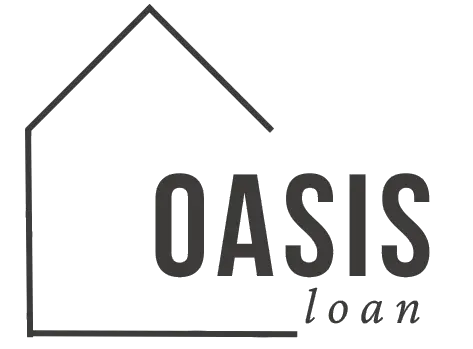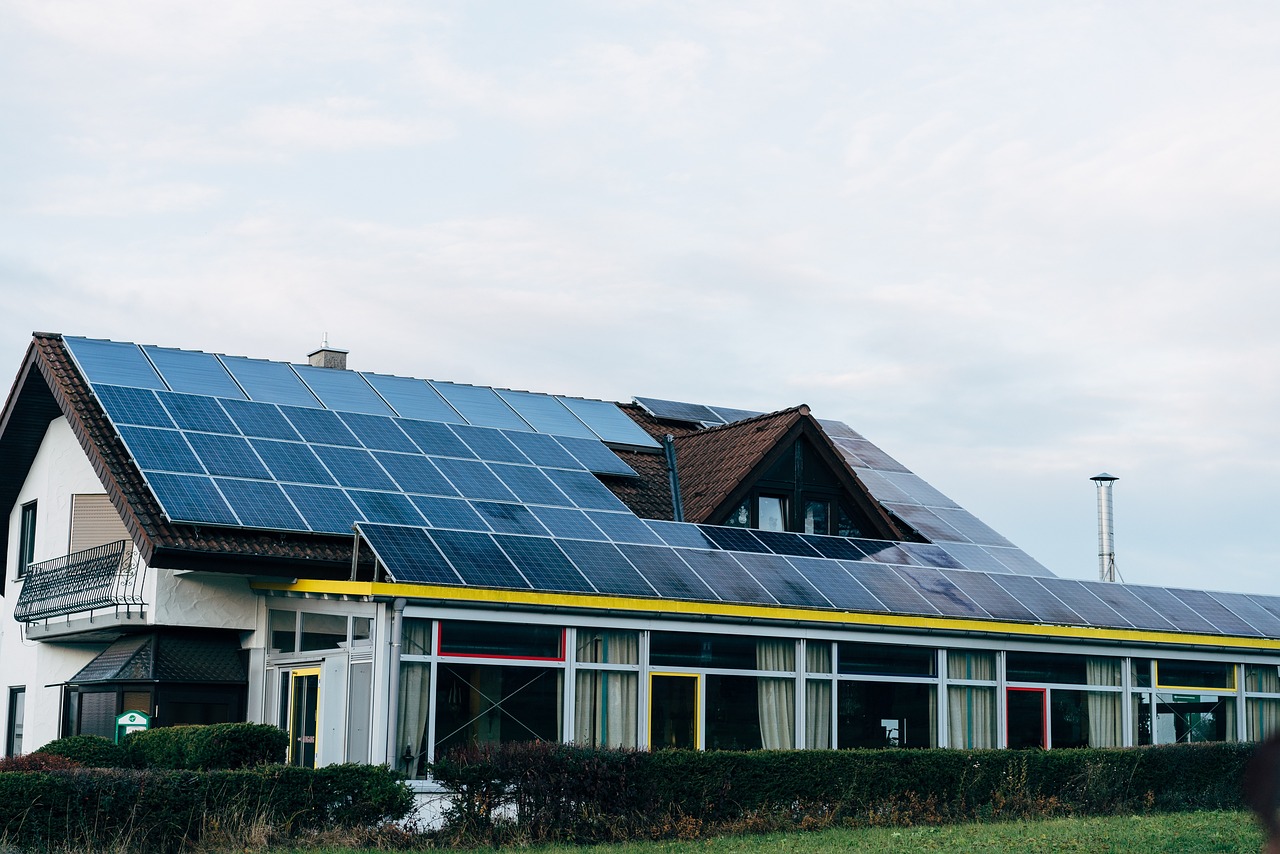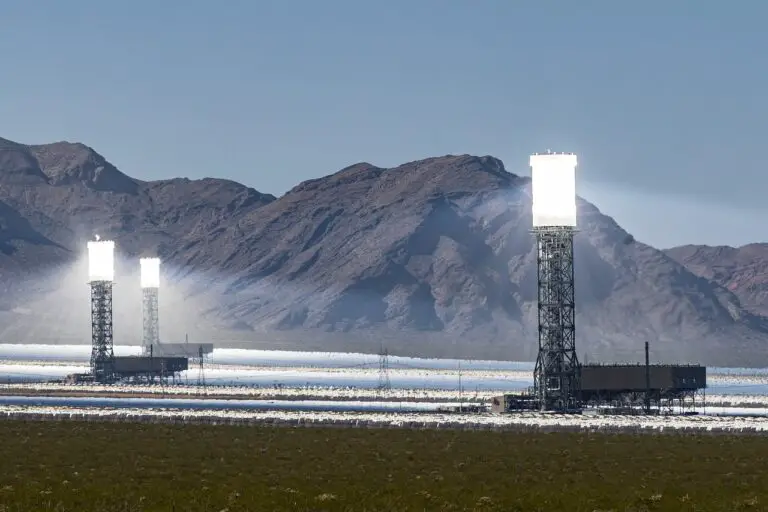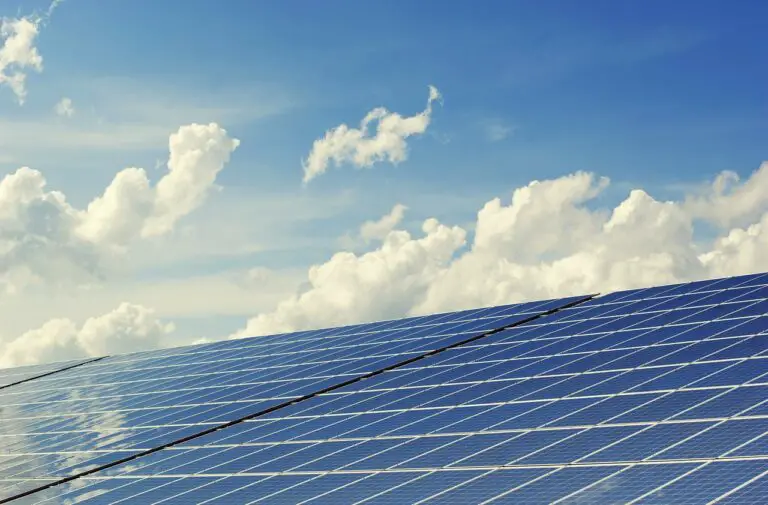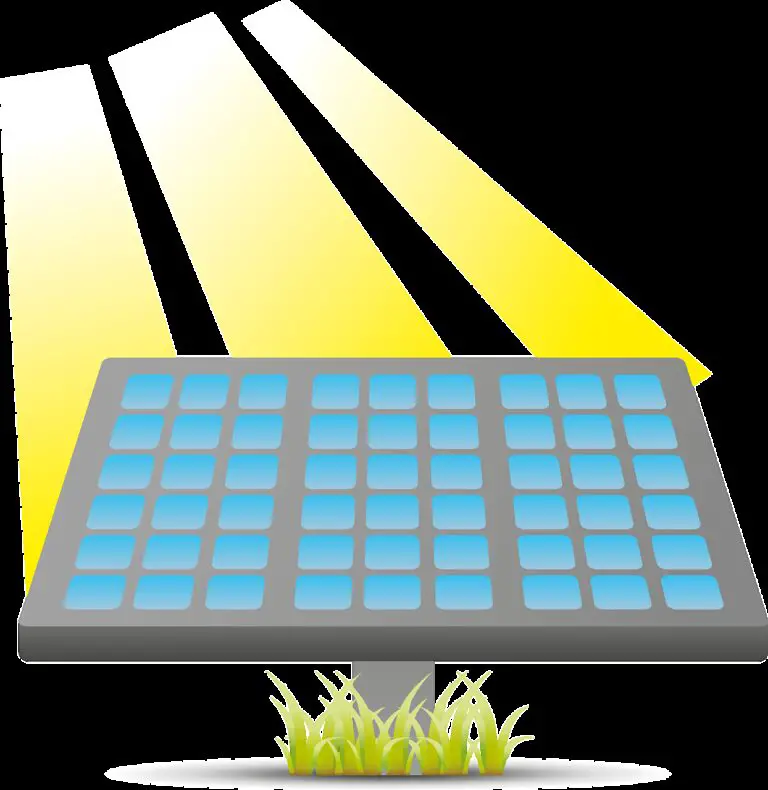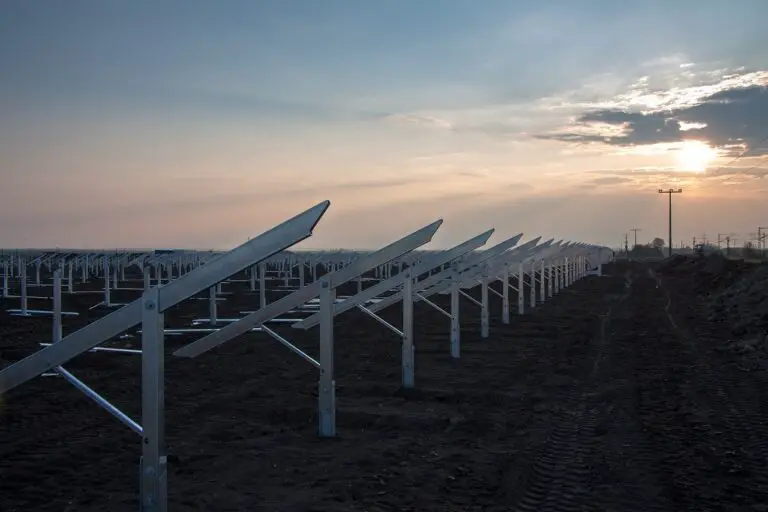Top Green Renovation Tips for Homeowners Using Solar Panel Loans
Green renovations are more than just a trend; they are a necessary step toward reducing energy consumption and contributing to environmental sustainability. Homeowners looking to maximize their investment in solar energy can benefit greatly from specific green renovation tips. Using loans for solar panels and other green home improvement loans can make these upgrades more affordable and efficient. Here are some practical tips to help you make the most out of your green renovations.
1. Prioritize Energy Efficiency Before Installing Solar Panels
Conduct a Home Energy Audit
Before jumping into solar panel installation, it’s wise to conduct a thorough home energy audit. A home energy audit identifies areas where your home is losing energy, such as poorly insulated walls, drafty windows, or inefficient heating systems. Addressing these issues first can reduce the amount of energy your home consumes, allowing your solar panels to cover a more significant portion of your energy needs. This, in turn, can lower the size and cost of your solar installation.
Upgrade to Energy-Efficient Appliances
One of the simplest green home improvement tips is upgrading to energy-efficient appliances. Switching to ENERGY STAR-rated appliances can significantly reduce your home’s energy consumption, helping you save money on utility bills and reducing the strain on your solar power system. Loans for solar panels can also be used to finance these upgrades, making it easier to implement a comprehensive green renovation plan.
Improve Home Insulation
Proper insulation is key to reducing energy loss in your home. Consider adding or upgrading insulation in your attic, walls, and basement to prevent heat from escaping during winter and cool air from escaping during summer. This not only enhances comfort but also reduces the load on your solar power system, leading to greater overall efficiency.
2. Choose the Right Solar Panel System
Evaluate Your Energy Needs
Understanding your home’s energy needs is essential when choosing the right solar panel system. Calculate your average energy consumption by reviewing your utility bills from the past year. This data will help you determine the size and capacity of the solar panel system required to meet your energy demands. By matching your system to your needs, you can avoid over- or under-sizing your installation, ensuring optimal performance and cost-efficiency.
Consider Battery Storage Options
Solar panel systems paired with battery storage can provide a reliable energy supply, even when the sun isn’t shining. Adding a battery storage system allows you to store excess energy generated during the day for use at night or during cloudy days. Loans for solar panels often cover the cost of battery systems, making this an excellent option for homeowners looking to maximize their energy independence.
Research Solar Panel Types
Not all solar panels are created equal. Research different types of solar panels, such as monocrystalline, polycrystalline, and thin-film, to find the one that best suits your needs and budget. Monocrystalline panels are highly efficient but more expensive, while polycrystalline panels offer a balance between cost and efficiency. Choosing the right type of panel can have a significant impact on your system’s performance and lifespan.
3. Maximize the Value of Green Home Improvement Loans
Leverage Incentives and Rebates
Many governments and utilities offer incentives and rebates to homeowners who install solar panels or make other energy-efficient upgrades. These incentives can significantly reduce the cost of your green renovation projects, making it easier to repay your loans for solar panels or other green home improvement loans. Be sure to research and apply for any available incentives in your area before beginning your renovation project.
Bundle Projects for Greater Savings
Bundling multiple green renovation projects can lead to greater savings and a more efficient use of loan funds. For example, combining solar panel installation with a home insulation upgrade or an HVAC system replacement can maximize your home’s energy efficiency. Bundling these projects may also qualify you for additional rebates or lower interest rates on your green home improvement loans.
Opt for a Loan with Favorable Terms
Choosing the right loan is crucial for financing your green renovation. Compare different loans for solar panels and green home improvement loans to find one with favorable terms, such as low interest rates, flexible repayment options, and no prepayment penalties. Taking the time to find the best loan can save you money in the long run and make your renovation project more affordable.
4. Plan for Long-Term Maintenance and Upgrades
Schedule Regular System Inspections
To keep your solar panel system running smoothly, regular inspections are essential. Schedule professional inspections every few years to check for potential issues such as damaged panels, loose wiring, or reduced efficiency. Staying on top of maintenance will help you avoid costly repairs and ensure that your system continues to provide reliable energy for years to come.
Plan for Future Expansion
As your energy needs change, you may want to expand your solar panel system. When planning your initial installation, consider future expansion by leaving space for additional panels or upgrading to a larger inverter. This foresight can save you time and money if you decide to increase your system’s capacity in the future.
Stay Informed About New Technologies
The solar energy industry is constantly evolving, with new technologies and products regularly coming to market. Stay informed about the latest advancements in solar panel efficiency, battery storage, and energy management systems. By keeping up with these developments, you can make informed decisions about future upgrades and ensure that your green renovation remains cutting-edge.
5. Enhance Your Home’s Sustainability Beyond Solar Panels
Incorporate Water-Saving Features
Sustainability isn’t limited to energy use. Incorporating water-saving features such as low-flow faucets, dual-flush toilets, and rainwater harvesting systems can further reduce your home’s environmental impact. These upgrades can often be financed with green home improvement loans, allowing you to create a more comprehensive sustainability plan for your home.
Use Sustainable Building Materials
When undertaking larger renovations, opt for sustainable building materials such as reclaimed wood, bamboo flooring, or recycled steel. These materials not only reduce your carbon footprint but also contribute to a healthier indoor environment by minimizing the use of harmful chemicals. Green home improvement loans can help cover the costs of these eco-friendly materials, making it easier to build a sustainable home from the ground up.
Create a Home Energy Management Plan
Developing a home energy management plan can help you monitor and reduce your energy consumption over time. Implementing smart home technology, such as programmable thermostats and energy-efficient lighting, allows you to control your energy use more effectively. With a comprehensive energy management plan in place, you can maximize the benefits of your solar panel system and other green renovations.
Conclusion
Green renovations offer numerous benefits for homeowners, from reducing energy costs to contributing to a healthier planet. By following these tips and using loans for solar panels and green home improvement loans, you can make your home more energy-efficient, sustainable, and valuable. Whether you’re just starting your green renovation journey or looking to enhance your existing efforts, these strategies will help you achieve your goals while making the most of your financial resources.
